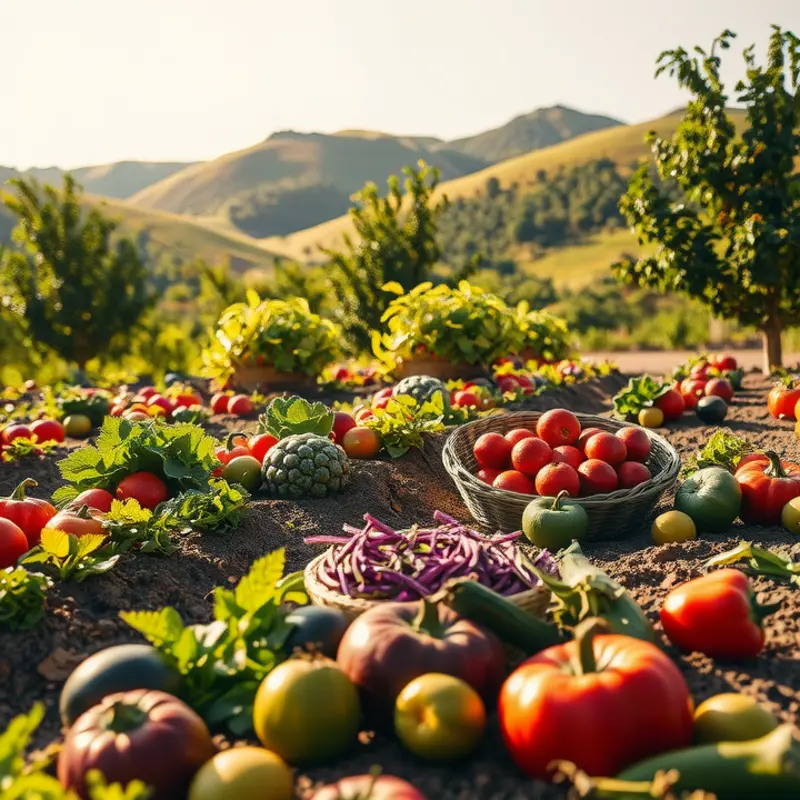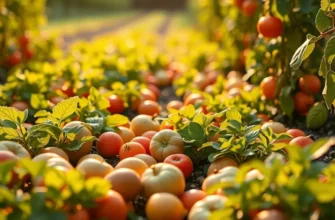The belief that raw foods are inherently easier to digest than cooked foods is widespread, yet not universally true. This myth stems from the notion that cooking depletes nutrients and enzymes, making raw options seem more appealing. However, digestion is complex and involves various factors beyond food preparation methods. This exploration aims to clarify misconceptions about raw food digestion and offer evidence-based insights to enhance dietary choices.
Understanding the Anatomy of Digestion

Our digestive system is a complex network that transforms food into the nutrients our bodies need. From the moment food enters our mouths, a cascade of processes begins. Chewing mechanically breaks down food, mixing it with saliva, which contains enzymes that initiate the breakdown of carbohydrates. This is the first step in making food more digestible.
Once swallowed, the food travels down the esophagus to the stomach, where it encounters a highly acidic environment. This acidity helps further break down food, particularly proteins, and activates enzymes like pepsin. It is here that the myth often arises—raw foods are entirely digested by these enzymes without any need for cooking. Yet this overlooks how cooking can enhance digestibility by breaking cell walls, especially in fibrous vegetables, releasing nutrients more readily.
Cooked foods can offer increased digestibility because heat denatures proteins, making them easier for enzymes to access. For example, the tough fiber in spinach has a different nutritional profile when eaten raw versus cooked. The heat from cooking can soften fibers and make micronutrients, such as iron and calcium, more available. On the flip side, raw foods offer natural enzymes that aid in digestion, yet these can be less effective without the action of stomach acids and pancreatic enzymes.
As the stomach contents move to the small intestine, pancreatic juices and bile are introduced. These fluids neutralize stomach acid and provide enzymes needed for the final digestion of proteins, fats, and carbohydrates. The small intestine also serves as the primary site for nutrient absorption. The villi and microvilli lining the intestinal walls increase surface area, facilitating efficient absorption.
When we consider cooking methods, it’s crucial to note how they impact nutrient availability. Steaming and sautéing can preserve vitamins better than boiling, which might leach them into water. This is relevant when aiming to maintain a nutri-dense diet. For further insights on how to retain nutritional value while reducing waste, you can explore low waste cooking preparation techniques.
The final stage is the large intestine, where undigested fragments are processed for elimination. Here, beneficial gut bacteria ferment fibers, producing short-chain fatty acids beneficial for colon health. The role of these bacteria highlights the importance of dietary fiber and how cooking does not diminish fiber’s role; rather, it can improve its accessibility and effects.
Overall, the process of digestion is a sophisticated interplay between enzymes, acids, and physical structures. Cooking, rather than compromising this system, can often aid it by making certain nutrients more available and reducing the digestive workload. Understanding this balance helps dispel myths surrounding raw food digestibility, guiding informed choices about food preparation to optimize health.
Cooking: A Catalyst for Nutrient Bioavailability

Cooking transforms the nutrient availability in foods like tomatoes, carrots, and leafy greens, altering their health benefits. While raw food advocates suggest that uncooked produce is superior, the bioavailability of nutrients often increases with cooking.
Lycopene, a powerful antioxidant found in tomatoes, is a prime example. Cooking tomatoes substantially boosts the lycopene levels, as the heat breaks down the plant’s cell walls, releasing this nutrient. This process enhances the body’s ability to absorb lycopene, offering improved antioxidant protection. Studies have shown that the bioavailability of lycopene can increase by up to four times in cooked tomatoes compared to raw ones.
Carrots are another vegetable where cooking can enhance nutrient absorption. The vibrant orange hue of carrots comes from beta-carotene, a precursor to vitamin A. Cooking carrots, especially through boiling, increases the availability of beta-carotene by breaking down the fibrous cellular walls. This cooking process allows the digestive system to access and convert more beta-carotene into vitamin A, essential for vision and immune function.
Leafy greens, such as spinach and kale, contain valuable nutrients including iron, calcium, and various phytonutrients. Cooking methods like steaming can reduce oxalic acid, a compound that binds minerals, making these important nutrients more accessible for absorption. Cooking these greens unlocks compounds with heightened antioxidant activity vital for combating oxidative stress.
Despite these benefits, certain nutrients can be diminished through cooking. Vitamin C, for instance, is sensitive to heat and can degrade significantly during prolonged cooking. This underscores the importance of balancing raw and cooked diets, leveraging the best of both approaches. Steaming or blanching can mitigate these losses, retaining most of the vitamin C while still enhancing other nutrients’ bioavailability.
Methods of cooking significantly affect nutritional outcomes. For instance, steaming preserves water-soluble vitamins better than boiling, whereas sautéing can enhance fat-soluble nutrient absorption. The cooking method should align with the nutrient profile you wish to maximize, striking a balance between nutrient preservation and availability.
Understanding the relationship between cooking and nutrients guides effective dietary choices. For more on leveraging cooking strategies to maximize nutrients, explore practical ingredient batching which can help streamline meal prep while preserving nutritional integrity.
Cooking serves as a vital tool in enhancing the nutrient profile of various foods, ensuring that our bodies better absorb essential vitamins and minerals. Recognizing when raw foods provide maximal benefits versus when cooking boosts nutrient delivery empowers informed dietary decisions, debunking the myth that raw is always better.
Final words
Understanding the nuances of raw versus cooked food is vital for making informed dietary decisions. While raw foods can provide excellent nutrients, cooking certain foods can enhance bioavailability and digestibility. Required nutrients, digestion efficiency, and personal health considerations all factor into whether a raw or cooked approach is more beneficial. A balanced diet that includes both raw and cooked foods is often the best path for optimizing health and nutrition. Tailoring dietary choices based on individual digestive responses and nutritional needs remains essential for everyone.








